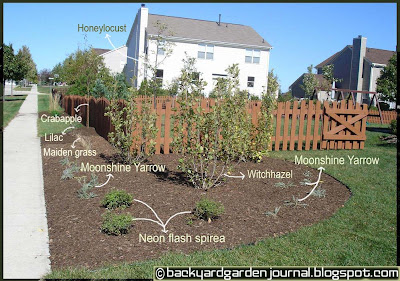Did you ever wonder how and why a fall leaf changes color? Why a maple leaf turns bright red? Where do the yellows and oranges come from? To answer those questions, we first have to understand what leaves are and what they do.
Leaves are nature's food factories. Plants take water from the ground through their roots. They take a gas called carbon dioxide from the air. Plants use sunlight to turn water and carbon dioxide into glucose. Glucose is a kind of sugar. Plants use glucose as food for energy and as a building block for growing. The way plants turn water and carbon dioxide into sugar is called photosynthesis. A chemical called chlorophyll helps make photosynthesis happen. Chlorophyll is what gives plants their green color.
As summer ends and autumn comes, the days get shorter and shorter. This is how the trees "know" to begin getting ready for winter. During winter, there is not enough light or water for photosynthesis. The trees will rest, and live off the food they stored during the summer. They begin to shut down their food-making factories. The green chlorophyll disappears from the leaves. As the bright green fades away, we begin to see yellow and orange colors. Small amounts of these colors have been in the leaves all along. We just can't see them in the summer, because they are covered up by the green chlorophyll. The bright reds and purples we see in leaves are made mostly in the fall. In some trees, like maples, glucose is trapped in the leaves after photosynthesis stops. Sunlight and the cool nights of autumn cause the leaves turn this glucose into a red color. The brown color of trees like oaks is made from wastes left in the leaves.
It is the combination of all these things that make the beautiful colors we enjoy in the fall. Here are some fall colors from our yard.
































